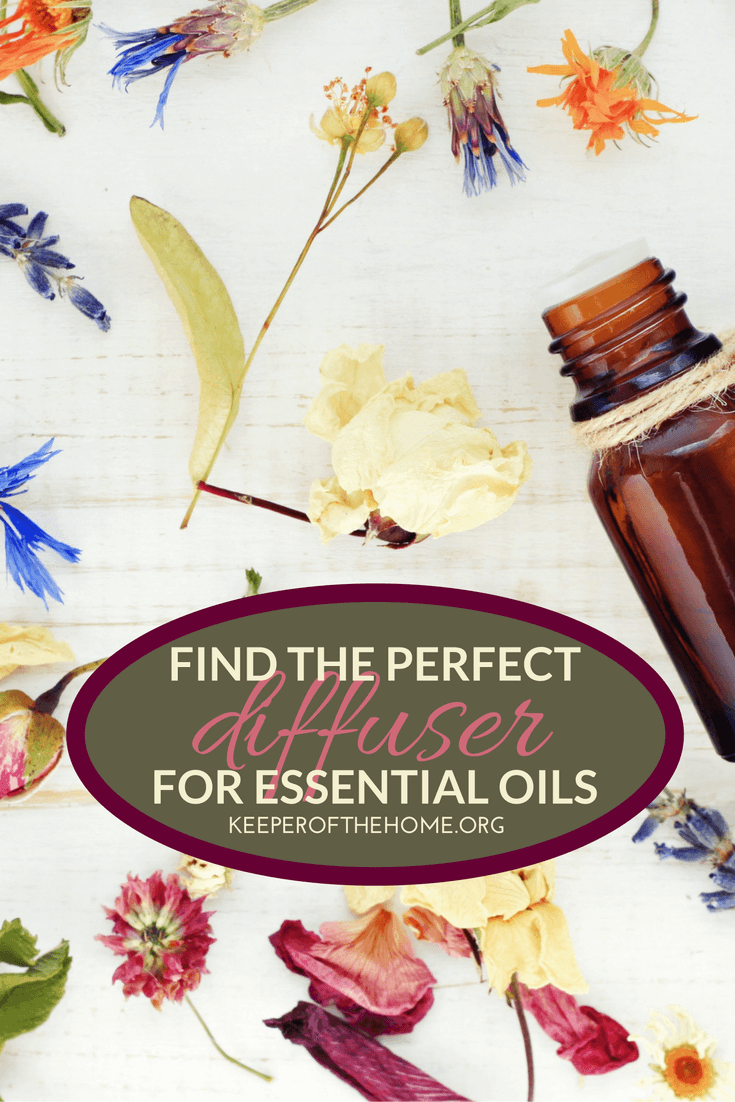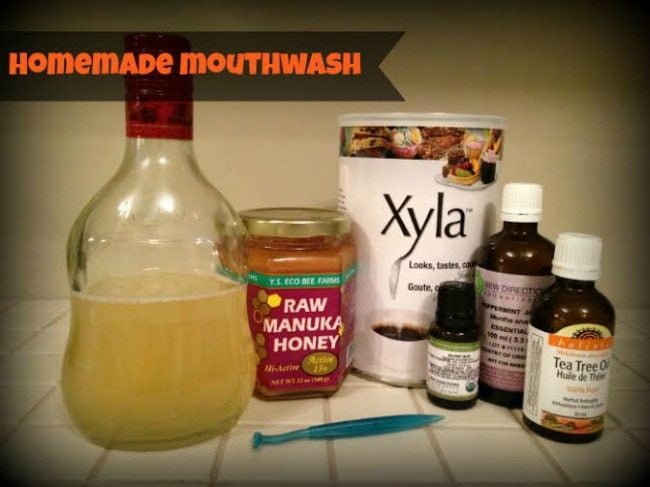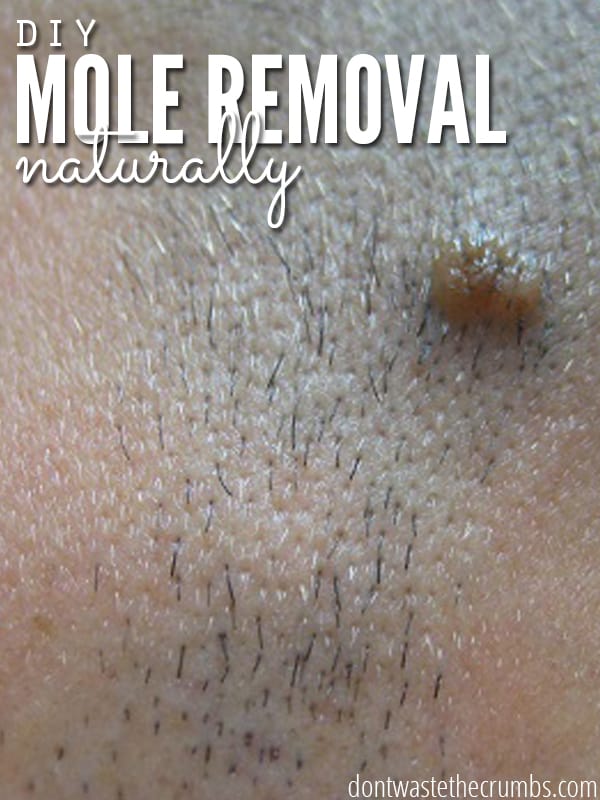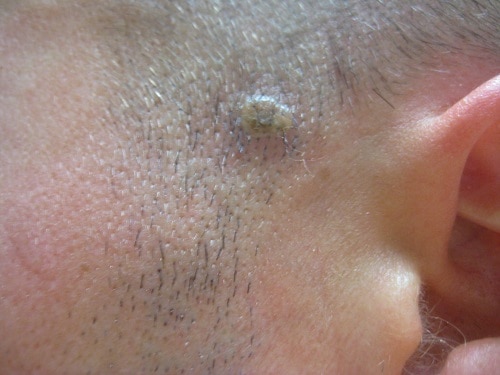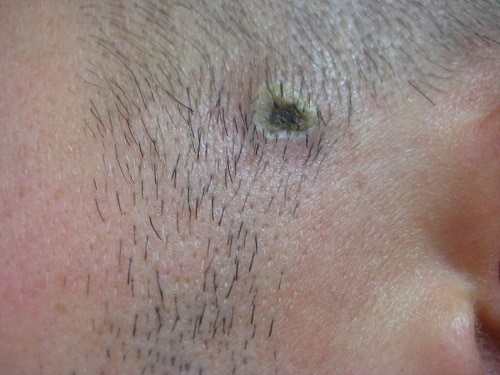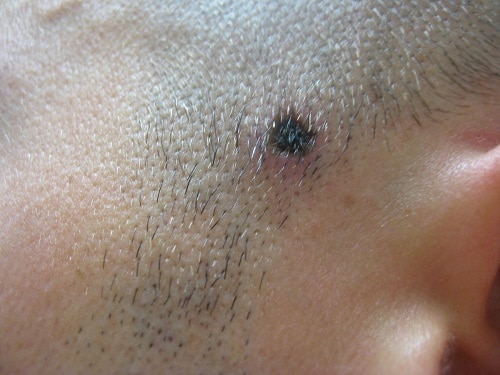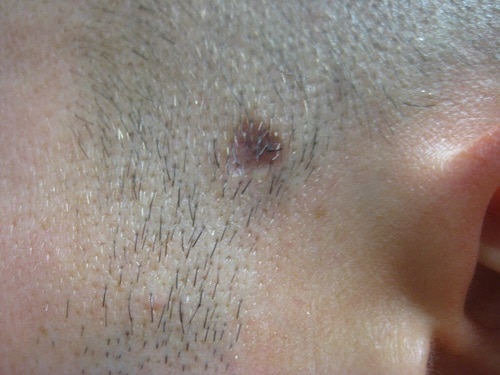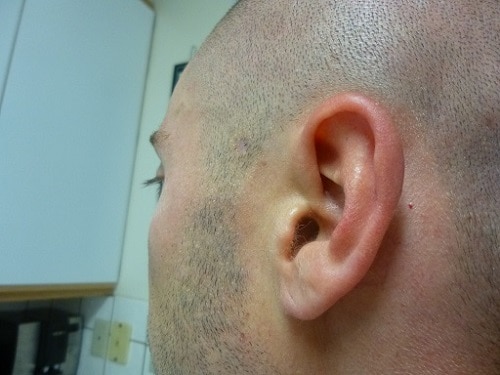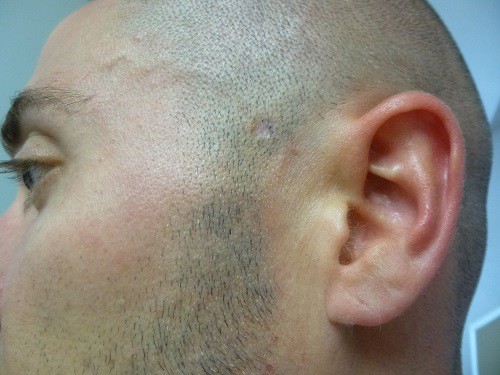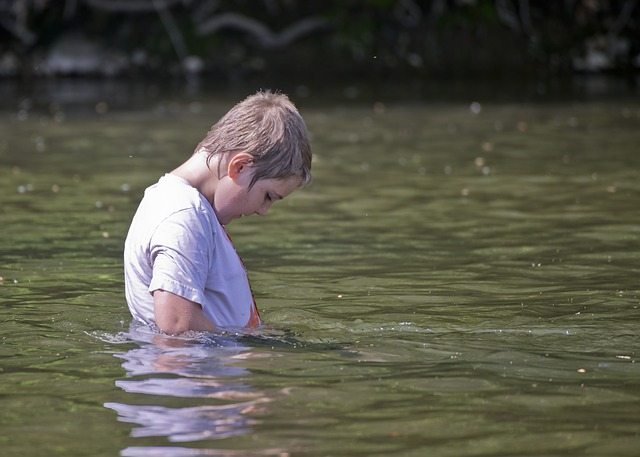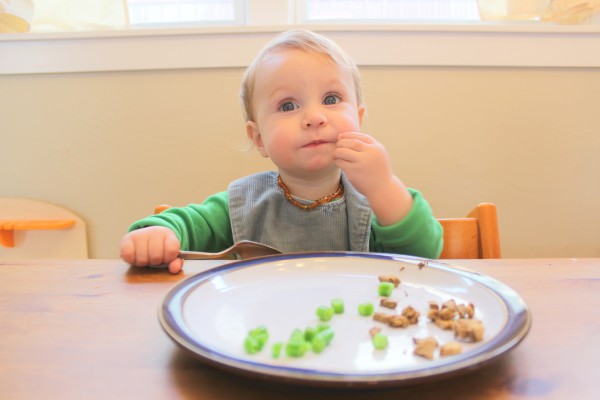
Starting babies on solids is something all mothers think about, some wonder when the soonest they can introduce a baby to solids is, others want to put it off as long as possible. Every family needs to choose a method that works for them; it’s my belief that not only are all babies different, but all families are different as well. Here’s what we did, as well as what Sally Fallon of Nourishing Traditions advises and Dr Natasha Campbell McBride of Gut and Psychology Syndrome.
I was super relaxed about feeding solids to my kids. With my two older children, I waited until they met the ‘baby led weaning’ (could sit up unassisted, were at least 6 months old, had at least one tooth) and then offered some whole single-ingredient foods to them.
My third child showed a huge interest in solids early, and he was on the small side so I started chicken liver (cooked and salted) with him at 5 months, which he still loves now at 12 months.
When introducing first foods, I offered a bite off my plate, as baby usually sat with me at meal time anyway. As they
Both of my older children had no interest in swallowing solids until about a year. I would offer a couple times a week (it’s messy! I’m lazy and don’t want to clean mashed squash from the ears of a baby who isn’t actually eating anything!) and see when they started swallowing food.
We avoid grains for the babies, and for our whole family really as much as possible as other foods are much more nutrient-dense. My second child started solids just as we were starting GAPS (his first birthday ‘cake’ was whipped butternut squash with some salt and a candle!) so he was primarily grain free until he was a preschooler and we went off the GAPS diet.
I breastfed my babies on demand; my daughter nursed all.the.time. and my son often went 4-5 hours between feedings from birth. My children were totally different sizes; my first being about 6.5 lbs at birth, and my second 11 lbs (yes, 11), and then my third was a nice easy 8.5 pounds. Different babies are different, that’s why it’s so important to research things like feeding, but then watch your individual baby and do what is working for them. On my children’s totally different feeding schedules they both grew, and both were happy, so it worked.
Once solids were introduced, I watched for reactions and then pretty much just fed my young toddlers table food. Nursing continues in our family until at least 2 years, but after a year I start nursing less on demand and scheduling breastfeeding sessions more.
.
Some things that worked for me:
- Don’t stress if they don’t eat, they will eventually (I questioned this a lot around 11-12 months with my daughter!)
- If your baby is still hungry and is breastfed, look up block feeding to encourage them to get the fatty hind milk out
- Salt their food! Use real salt to taste. Babies need salt.
- Hold off on sweet foods like cooked fruit until baby is eating proteins and veggies.
- Smile, nod, and do what you were previously doing when given well meaning advice about feeding your child.
- Watch your baby like a hawk when you think someone might slip them some unauthorized food. Don’t be afraid of offending them, nobody needs to be giving your infant a lick of a lolly pop or bite of ice cream and it’s your job as a parent to protect them.
- Don’t stress if your baby is ready for solids early, some babies are. Trust their bodies. Introducing solids as late as possible isn’t the goal any more than introducing them as early as possible.
- Introduce fish, cod liver oil, egg yolks, and liver early, most babies like these.
- Tea tree oil topically relieved mastitis for me.
- Fenugreek tea boosted my supply, but I also think it made my milk more sugary, make sure baby is getting enough hind milk.


Original article and pictures take healthhomeandhappiness.com site







